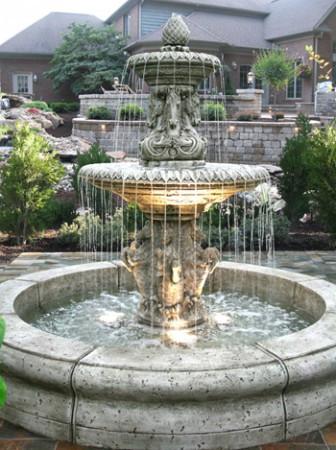Free Shipping On All Orders - 1-888-839-3597
Free Shipping On All Orders - Call our Amazing Customer Service at 1-888-839-3597 or Email us at info@thesoothingcompany.com
Get 10% off your first purchase.
Sign up today and we'll send you a 10% discount code towards your first purchase. Some restrictions apply.
Optional button









